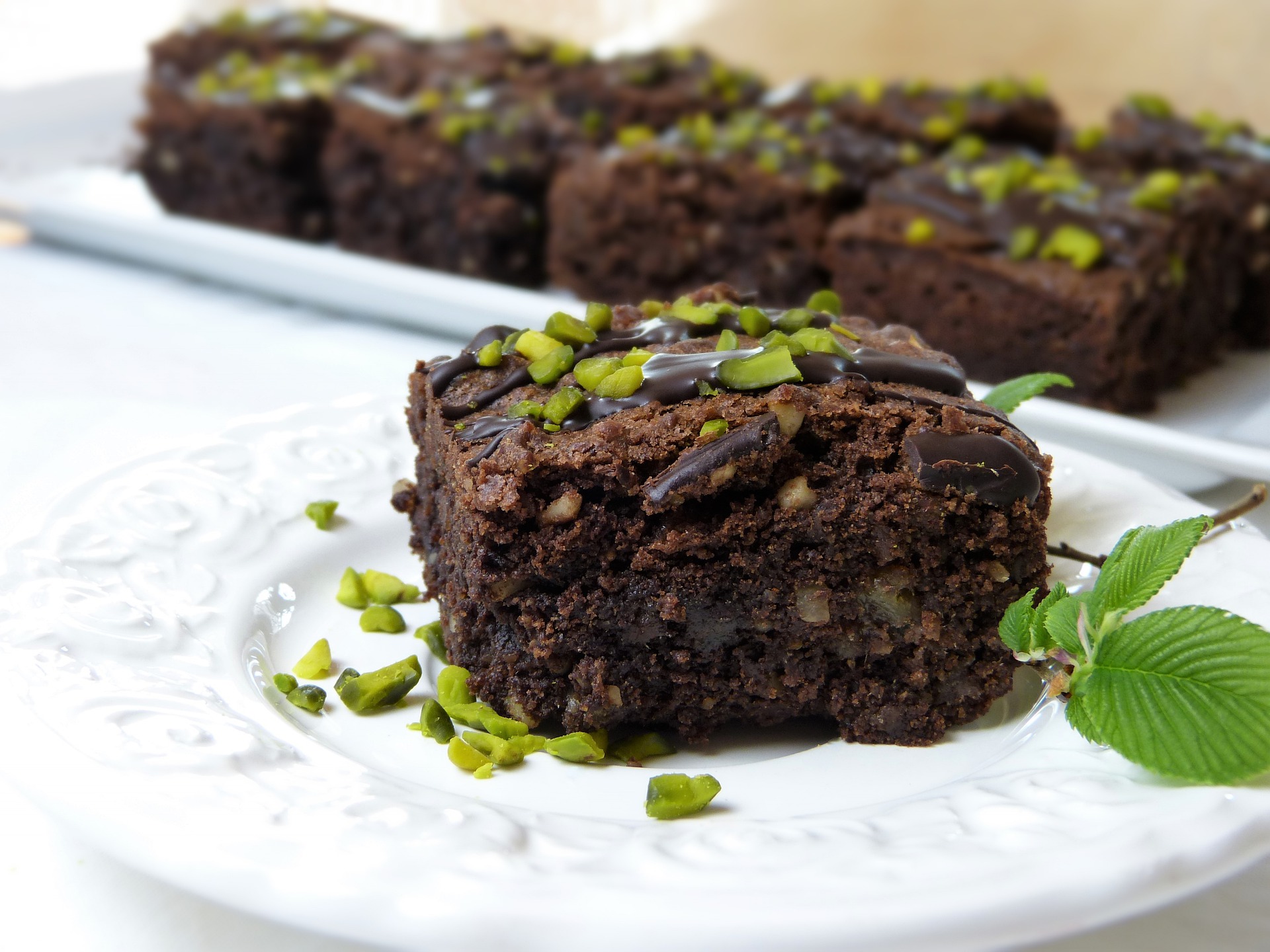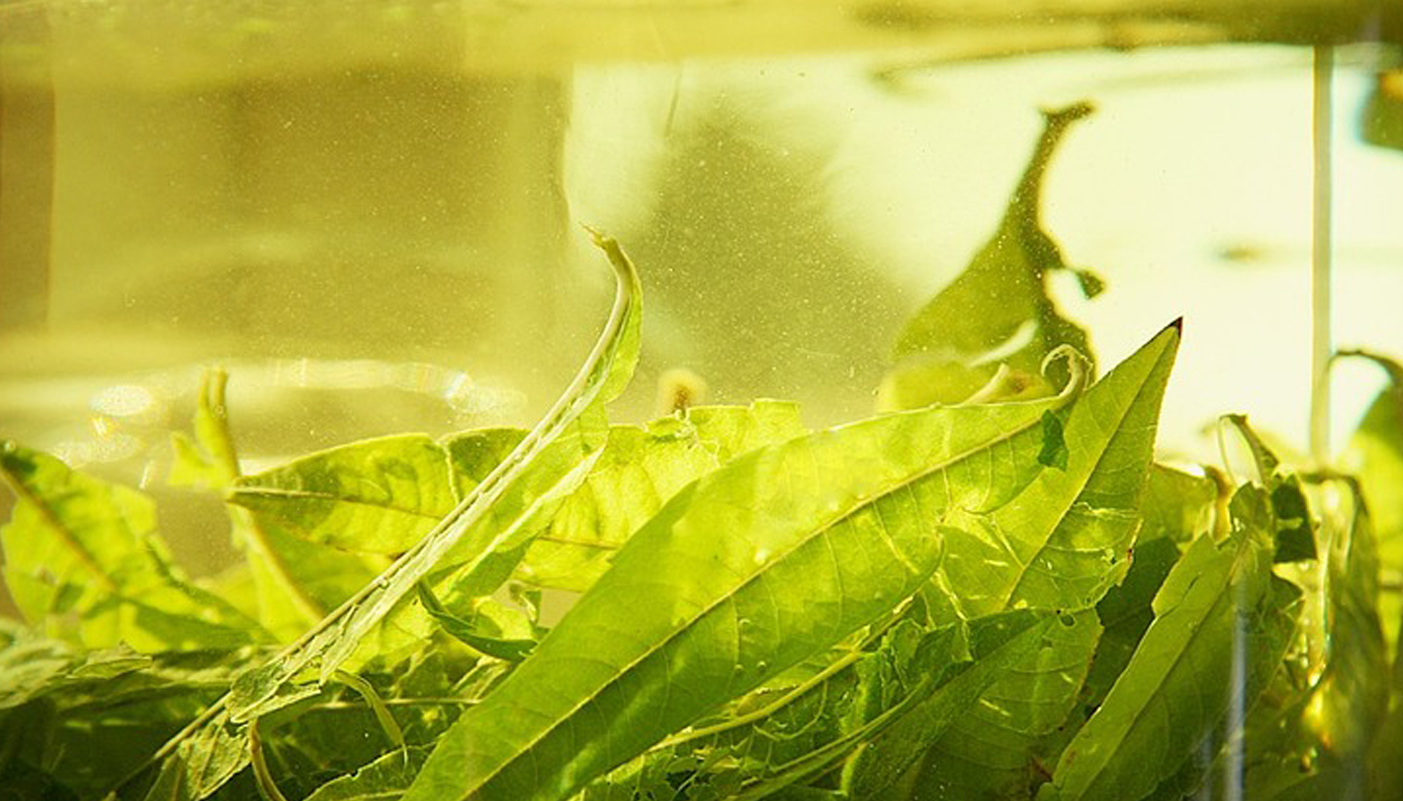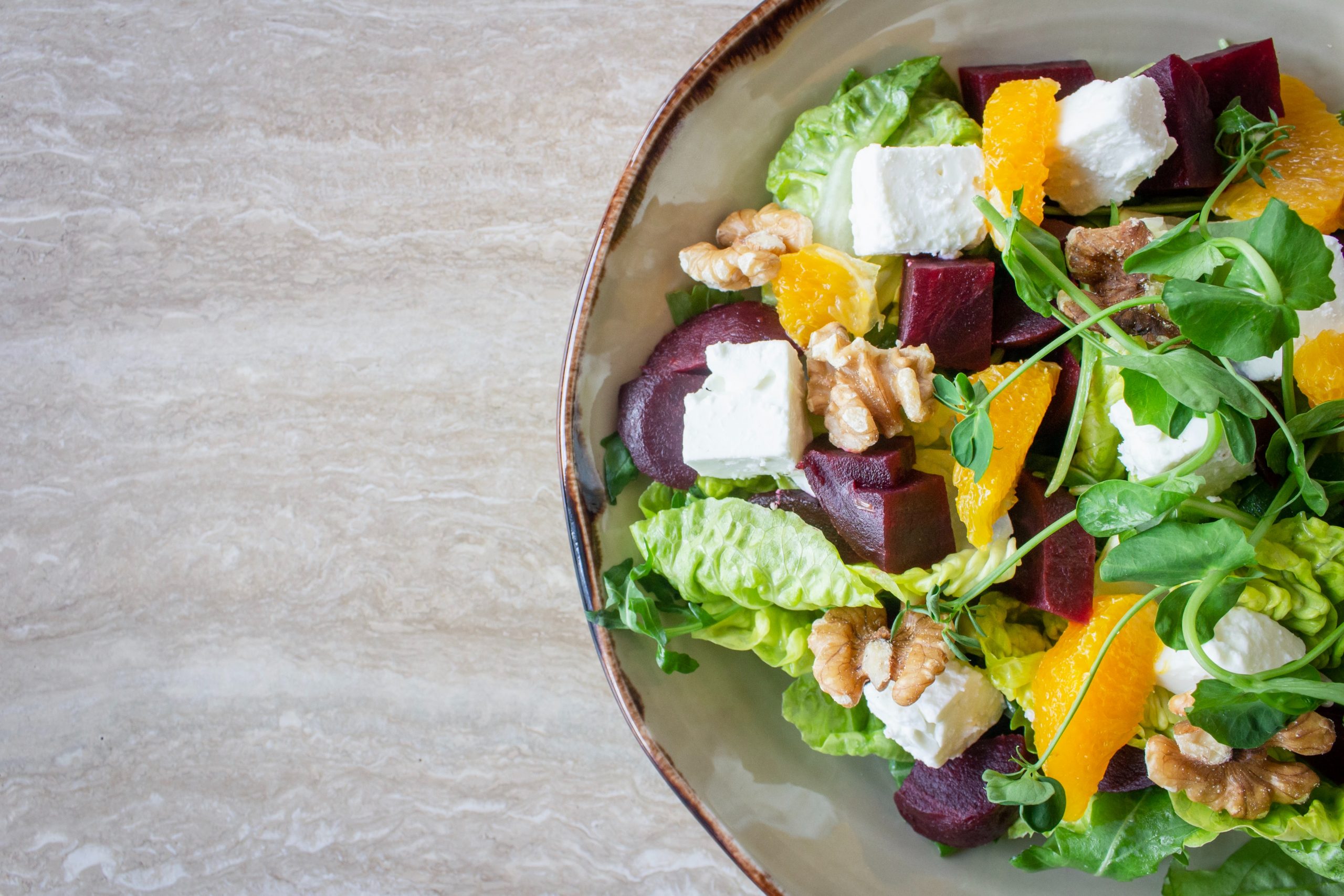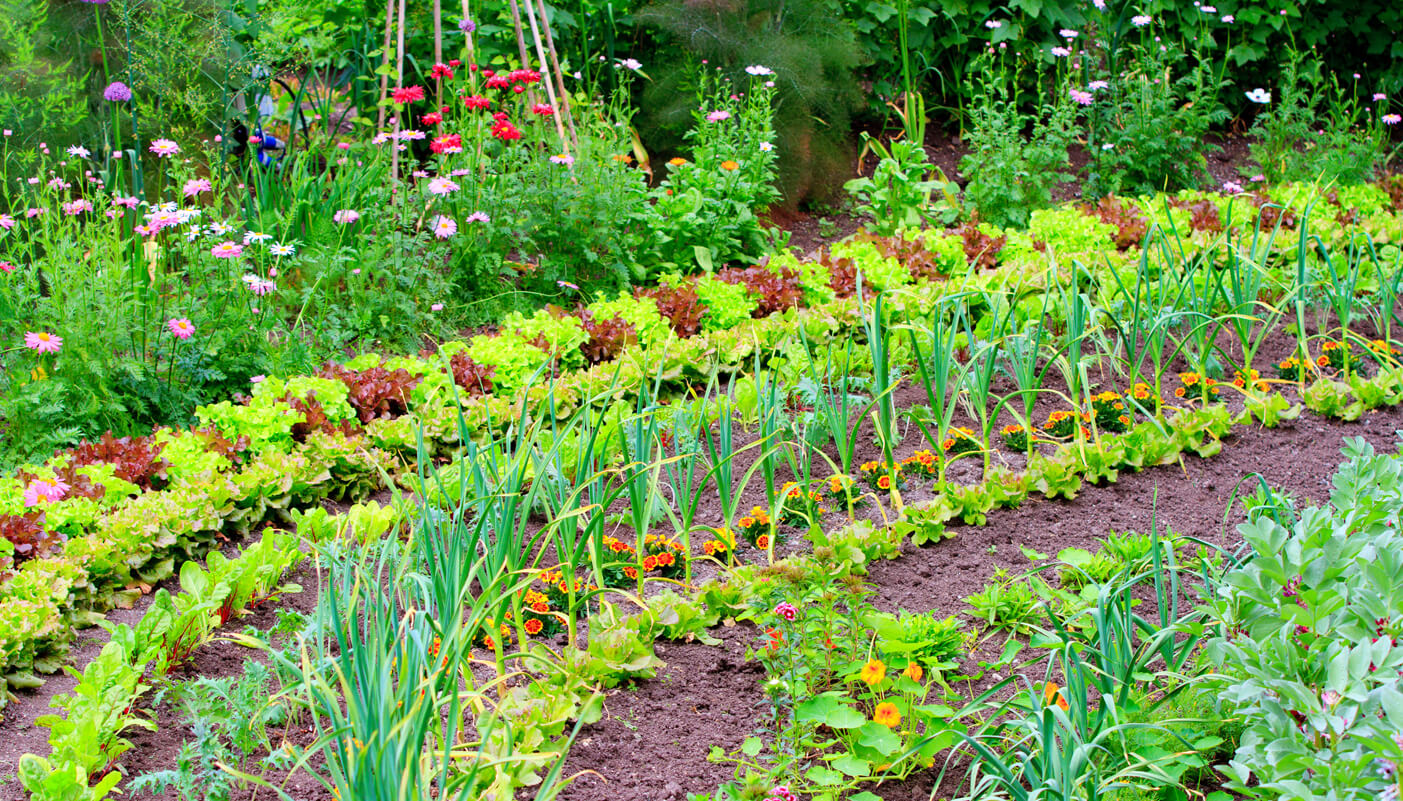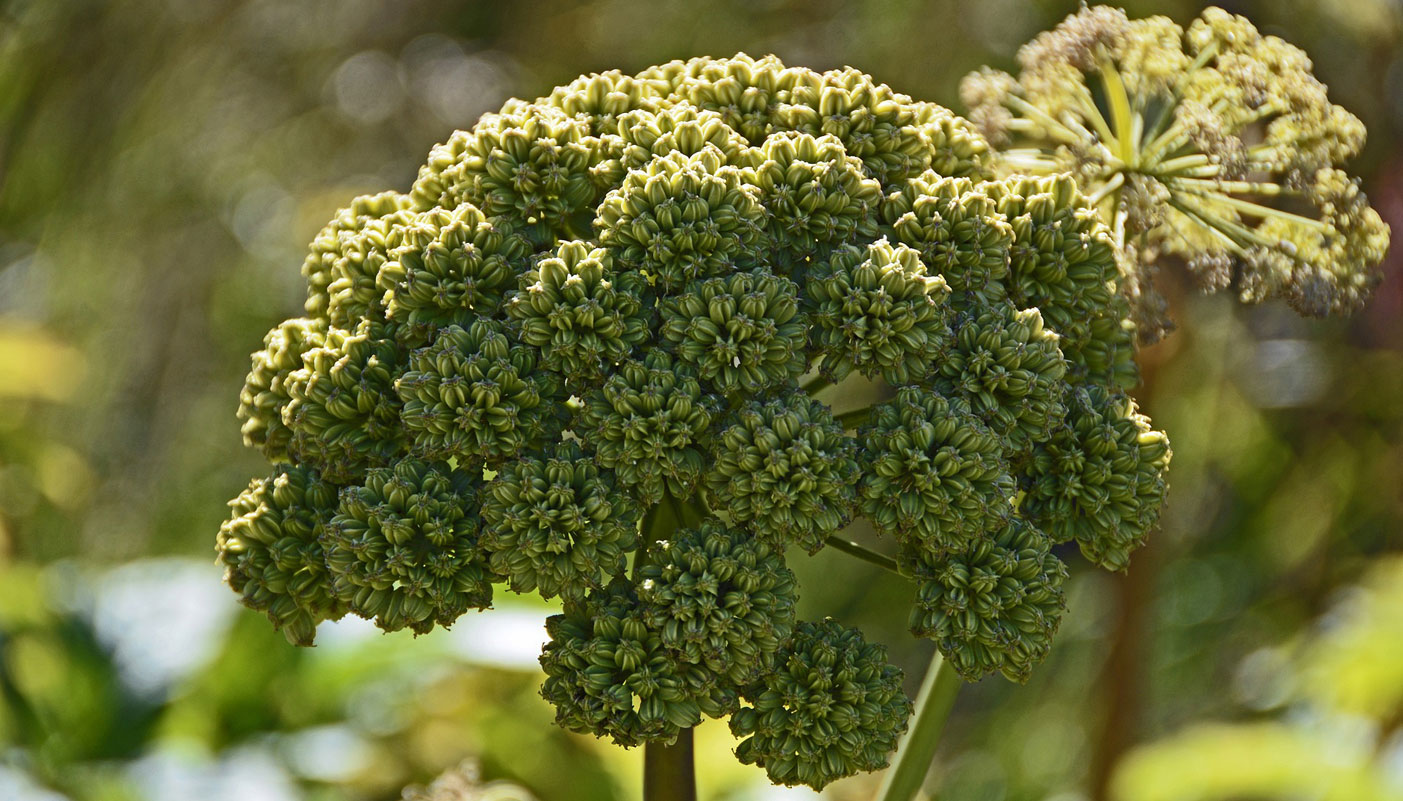Stevia is probably most well known as a sweetener. These sweeteners are derived from the leaves of the Stevia Rebaudiana plant, a herbal shrub which is a naturally bushy plant that will overwinter on a bright windowsill in a cool room. The Stevia plant has been used in food and medicines for hundreds of years.
Stevia sweeteners are made by extracting steviol glycosides from the leaves. Leaves are harvested to be used as a natural sweetener, either by steeping in warm water for 12 hours or dried and ground.
How to Grow Stevia
Depending on whether you’re planting in pots or directly in the ground, the growing method will alter slightly. If using pots or containers, give your stevia plant at least a 12-inch pot with a quality potting mix. Place it in full sun and water whenever the top inch of potting soil feels dry.
If growing outdoors, plant stevia in spring once all chances of frost have passed. This herb grows well in-ground. You should place stevia plants 18 inches apart. Grow this sun-loving plant in an area that gets plenty of light and has rich, well-drained soil with a pH of 6.7 to 7.2.
Feed regularly with water-soluble plant food to promote healthy leaf production. Water once the top inch of soil becomes dry, but don’t let the soil become soggy. You can harvest stevia leaves once they’re large enough to use.
How to harvest Stevia
Leaves are the sweetest in Autumn. They also have the best taste before the plant blooms.
To preserve Stevia and make it easy and convenient to use, the easiest way to keep it is to dry it. Start by cutting whole stems and then strip the leaves and tender stem tips. Place these on loosely woven fabric or non-metallic mesh outdoors on a dry, sunny day. One day should be long enough to dry the leaves; make sure you bring them in before the dew dampens them again. You could also use a food dehydrator if you have one. Once the leaves are crisp, you will be able to crush them by hand in a pestle and mortar or powder them with a food processor. You can then store this in an airtight container.
You can also make liquid stevia sweetener by steeping your leaves in warm water. Firstly, rinse the stevia leaves in cold water and lay them flat on kitchen paper. Pat the moisture from the leaves and let them sit for a few minutes. Next, remove the stems and crush the leaves by hand into a food container or jar. Cover them with warm water and allow them to sit for 24 hours. After this time, strain the liquid through a muslin or cheesecloth and place your leftover syrup into a bottle or jar ready for use.
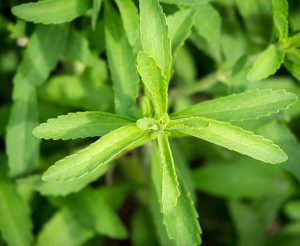
Stevia zero-calorie sweeteners
Stevia sweeteners are no-calorie sweeteners that can be used to lower your intake of sugars while still having the satisfaction of a sweet taste. Stevia sweeteners are intensely sweet, more so than other types of sweeteners. Only a tiny amount of stevia sweetener is needed to match the sweetness of sugar.
Stevia sweeteners are often used by food and beverage manufacturers as an ingredient in beverages, such as diet drinks, light or low-sugar juices and flavoured waters, canned fruits, condiments, dairy products, e.g. ice cream, flavoured milk and yoghurt, as well as other foods like baked goods, cereals, chocolate and other confectionery and syrups.
Can Stevia be used in baking?
Because Stevia is stable at high temperatures, it can be used in baking. That said, using stevia in place of sugar may alter the results of your recipe as sugar typically plays a part in the volume and texture as well as sweetness.
There are a variety of stevia specific recipes available on the internet, such as this article which has 17 Stevia sweetened desserts. Since it’s naturally super sweet, a little goes a long way when using it in baking. If you’re using powdered stevia, the stevia-to-sugar ratio is approximately half a teaspoon of powdered stevia to equal the sweetness of ¾ cup of sugar. Around 15 drops of liquid stevia are the same as one tablespoon. It’s best to experiment with the amount of stevia you use and adjust the sweetness of your baking to your taste.
How to bake with Stevia
Stevia is very good at high temperatures; however, it will start to break down at temperatures above 400 degrees Fahrenheit, so it’s essential to use a lower oven setting. Stevia remains stable up to around 392 degrees, so it is a perfect substitute for sugar in baking.
As you will use much less stevia than you would sugar, you may need to add other ingredients to add more bulk to your cakes and bakes. You’ll need around ⅓ cup of liquid for every cup of sugar replaced. You can add yoghurt, fruit juice, egg whites or fruit sauces to replace any lost volume, meaning your baking won’t come out flat and will have the right texture.
Stevia won’t caramelise the same as sugar and won’t brown like sugar. As there’s not the same visual browning, it can make it more difficult to know when your baking is done. Use a skewer or clean knife to check the middle, and once it comes out clear of any wet ingredients, your baking is ready to come out.
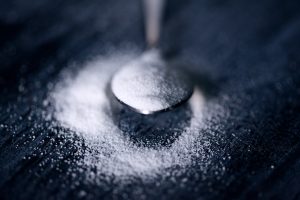
Is Stevia Safe?
Stevia is a natural sweetener, unlike others such as aspartame and saccharin and is thought to be a very safe sugar alternative. There are added health benefits to using stevia rather than sugar, including lower blood sugar, fewer cavities and, of course, reduced calorie intake.
Stevia is beneficial for anyone who has diabetes. According to Healthline, “You may find stevia helpful if you have diabetes — but be careful about which type to choose.
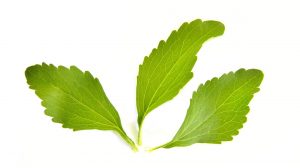
Some research indicates that stevia may be a safe and effective way to help manage blood sugar levels in people with type 2 diabetes.
In fact, one small study in 12 people with this condition showed that consuming this sweetener alongside a meal led to greater decreases in blood sugar levels compared to a control group given an equal amount of corn starch.
Similarly, an 8-week study in rats with diabetes noted that stevia extract decreased levels of blood sugar and haemoglobin A1C — a marker of long-term blood sugar control — by over 5% compared to rats fed a control diet.
Keep in mind that certain stevia blends may contain other types of sweeteners — including dextrose and maltodextrin — that can increase blood sugar levels.
Using these products in moderation or opting for pure stevia extract can help maintain normal blood sugar levels if you have diabetes.”






